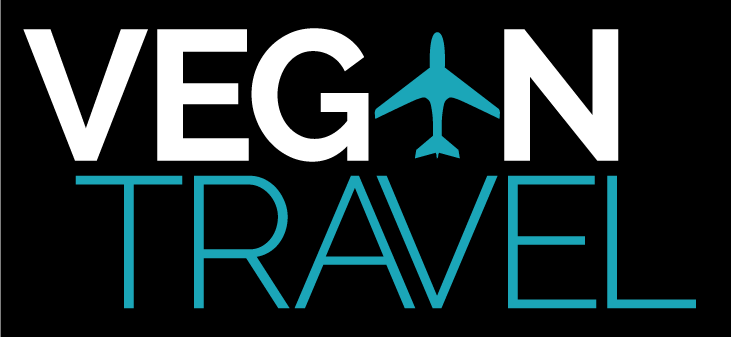
Go Vegan for Humanity
Oftentimes vegans are portrayed as people who prioritize the well-being of animals over the well-being of other human lives but this is rarely, if ever, the case. Veganism is a choice that promotes a mutual respect for ALL life.
Animals, the environment, and your own health are not the only victims of the animal agriculture industry– our fellow humans are deeply impacted by the global demand for animal products, too.
World Hunger
According to The Hunger Project, 795 million people do not have enough to eat. That’s one in nine people on the planet. 21,000 people die of hunger, or from causes related to hunger, every single day.
What’s shocking to consider is that 10 billion people could be fed with our cumulative amount of cropland if they all adhered to diets free of meat. The bulk of our land resources are being used to grow feed for livestock, and we could feed an additional 3.5 billion people if the grains grown to feed animals used for food were instead fed directly to people as plant-based food sources. In the United States alone, 800 million people could be fed with what we’re growing to feed farmed animals instead.
Animal agriculture is a mostly wasteful industry, dominating land and water use for what amounts to an irresponsibly small yield of food (for example, it takes 12 pounds of grain to produce just one pound of beef). In addition to the moral weight of taking animal lives for food to begin with, our demand for meat is monopolizing cropland and water supplies that could otherwise be used to grow a supply of plant-based nutrition that the research shows could stamp out world hunger issues and feed exponentially more people. Removing animal products from your diet is a responsible choice for the food security of the global population.
Impacts on Low Income Communities and Communities of Color
Industrial factory farms (particularly what are known as CAFOs, Confined Animal Feeding Operations), are disproportionately built in communities with majority populations of people of color and/or low income individuals. As a result, these communities are bearing the brunt of the negative health and environmental consequences of these facilities being nearby. These impacts can range from the prohibitively unpleasant odor of animal waste not allowing them to enjoy spending time outside near their homes, to asthma and other long-term and major health issues developed from being exposed to polluted air and contaminated water sources & land for generations.
In North Carolina, where pigs are said to outnumber people, schools with higher percentages of students of color and students who rely on school lunch programs were, on average, less than 5 miles away from industrial pig farms. Compare that to higher income and more predominantly white schools that were more than twice as far away from these farms on average, and the way that communities that have less socioeconomic means to protect or change the circumstances caused by industrial farming comes into focus.
We can stop supporting these harmful industries by no longer purchasing the products they’re oftentimes damaging communities to churn out to meet global demand. Choosing a vegan lifestyle is a step toward justice.
Human Rights Violations Against Slaughterhouse Workers
Slaughterhouse work is mentally and physically exhaustive, with a turnover rate that often exceeds 100%. While no one should expect to have an easy day turning live animals into packaged products, this is an industry that is pushing the limits of what the human body and psyche can endure. Production rates have continued to increase as demand for animal products has risen, and safety standards are abysmal, according to a Human Rights Watch report.
In the US, the slaughterhouse industry disproportionately employs undocumented and vulnerable workers who fill these positions in part because they are easy to obtain even if they are unauthorized to work or don’t have legal status in the country. Workers are at-will employees, and can be let go at any time, even for something as simple as reporting a job injury. As a result, job injuries are underreported despite the fact that slaughterhouse work is some of the riskiest work there is. Production moves so quickly that breaks are discouraged or even flat-out denied, even for simple things like going to the bathroom. Other physical risks include strain injuries and lacerations resulting from the some 30,000 cuts a single worker can make in a day.
Beyond the physical demands, there are deep psychological implications for the workers surrounded by that much violence and death day in and day out. In her paper on the subject, researcher Jennifer Dillard dives into the consequences of slaughterhouse work on those who face it. Witnessing and physically inflicting violent deaths upon what amounts to thousands of animals “processed” in a day causes PITS (Perpetration-Induced Traumatic Stress), as well as Dissociation or Doubling, where the individual will manifest 2 separate selves in an attempt to compartmentalize the acts they are committing, and separate those acts from the people they otherwise believe themselves to be. There is also the long-documented correlation between what is termed “traditional animal abuse” and domestic abuse according to the same paper, and that, while less studied, sociologists are beginning to look at the relationship between areas with slaughterhouses and instances of violent crimes.
It can be easy to demonize the individuals who participate in the daily goings-on inside slaughterhouse walls, but understanding that they too are the victims of an industry only concerned with the bottom line, and understanding that this industry runs on the world’s own demand for animal products, is a step towards realizing that we each have the power to make a change for a better world for people as well as animals. Vote with your dollar for compassion for all.


